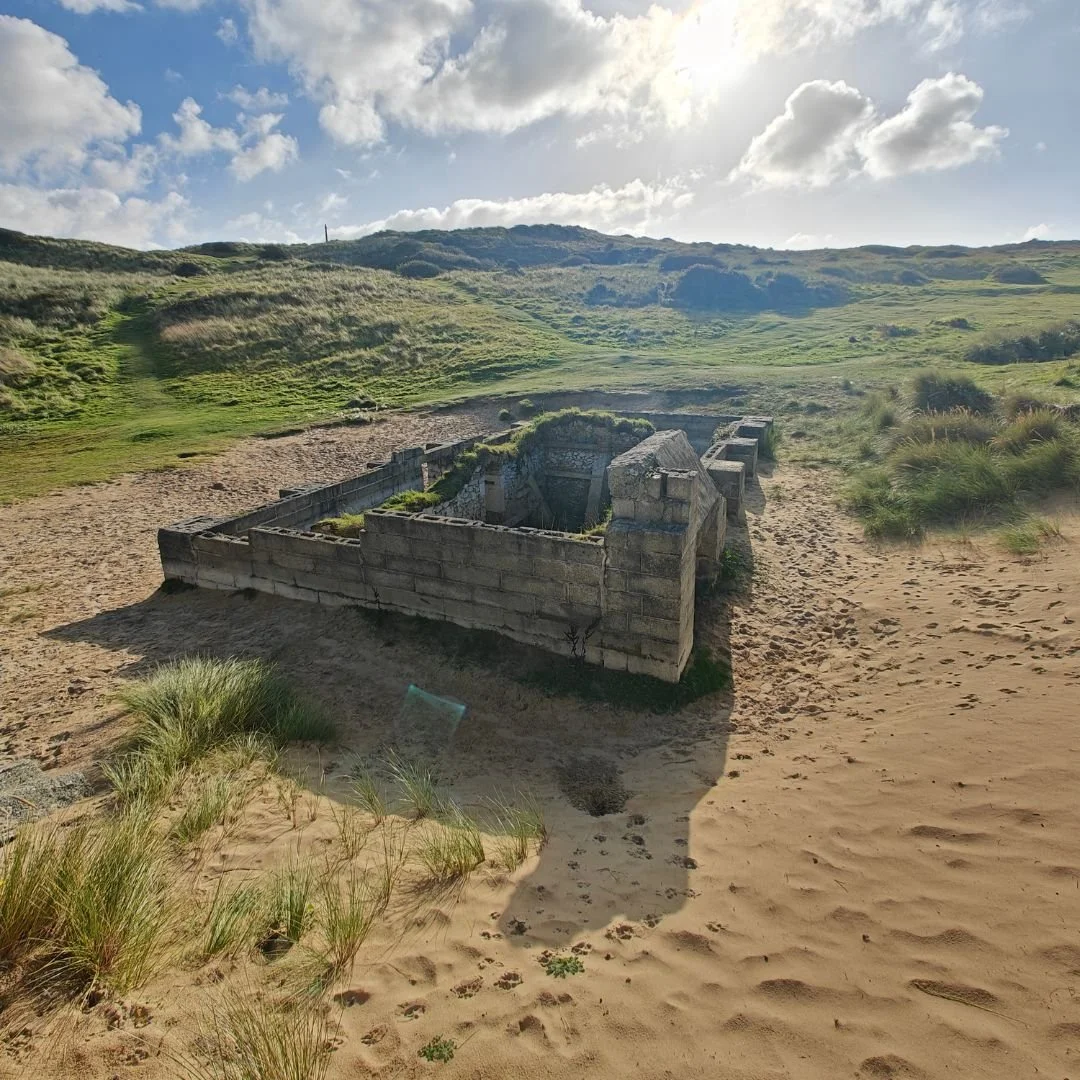St Piran's Oratory, Cornwall: Britain's Oldest Christian Worship Site
The ancient St Piran's Oratory was buried in Perranporth, Cornwall for almost 1,000 years before it was discovered in 1835 by the Victorians.
Dating from 800AD, the Scheduled Monument is said to be Britain's oldest Christian worship site.
Upon excavation, the structure was found to be in surprisingly good condition.
Although the oratory dates to the 11th century, earlier burials discovered on the site suggest a prior building may have existed as early as the 9th century.
Notably, one of the walls contains a stone inscribed with inverted Roman letters, believed to date back to the 6th or even 5th century, though its origins remain unclear.
During the Victorian era, many of the stones, unfortunately, were taken by visitors as souvenirs, while wind, sand, and rain caused significant erosion, eventually leading to the collapse of two walls.
In 1910, a concrete bunker was built over the oratory in an attempt to protect it.
However, by the 1980s, this structure was removed, and the oratory was reburied beneath the sands to safeguard it from weathering and vandalism.
A small mound was left to mark its location, and steps were added to the top, where a granite stone inscribed with "St Piran" was placed.
In 2014, the remains of two adults and ten children were unearthed at the site, dating back to the 8th or 9th century - predating St Piran’s oratory itself and possibly linked to an even earlier structure on the same location.
The Oratory is said to have been established by St Piran, an Irish saint who landed on the beach here after exile from his homeland.
Legend has it that Piran was an Irish monk from the 5th or 6th century.
Fearing Piran's growing influence, a jealous ruler ordered him to be thrown off a cliff with a millstone tied around his neck.
However, instead of sinking, Piran miraculously floated across the sea, drifting all the way to Cornwall on the millstone, much to the astonishment of his enemies.
After several days adrift, Piran safely washed ashore on a beach, which now carries his name: Perranporth. There, he built a chapel and began his missionary work.
His first followers, according to the tale, were a badger, a boar, and a fox.
As word of his miracles and preaching spread, people from far and wide came to see him.
Piran became known not only for his healing powers but also for his love of drink, which led to the saying "as drunk as a Perraner." Remarkably, St. Piran is said to have lived to the age of 206.
St. Piran is celebrated as the patron saint of Cornwall and of tin miners. Although tin mining in Cornwall predates him, he is credited with discovering tin smelting.
The iconic Cornish flag, featuring a white cross on a black background, is tied to his legacy, symbolising the white tin extracted from the dark ore, as well as the light of spiritual truth piercing through darkness.
If you’re thinking about visiting, we highly recommend a visit to the nearby Perranporth Museum - run by local volunteers.
Someone who recently visited the ancient ruins said: “Easy to find, best way is to locate the modern cross perched on top of a dune from there it is easily visible.
”Found it to be fascinating, imagining the folk that would have visited it and how it would fit in to the community, being one of the earliest Christian buildings in UK.
”The information board gives a good basic insight. Note when we visited the gate was open.
”Not far from the oratory lies the old church, follow the path inland through dunes, the old church is fascinating in its own right, if you head to east side of church you can still view the piscina.
”Right next to the old church is one of the oldest Christian way marker crosses in Cornwall, can imagine all the pilgrims that would have passed by.
”I also ponder on how many other things the sand has hid over time, throughout Penhale Sands.”
They will kindly talk you through all the history!
If you enjoyed this blog post, please follow Exploring GB on Facebook for daily travel content and inspiration.
Don’t forget to check out our latest blog posts below!
Thank you for visiting Exploring GB.


















